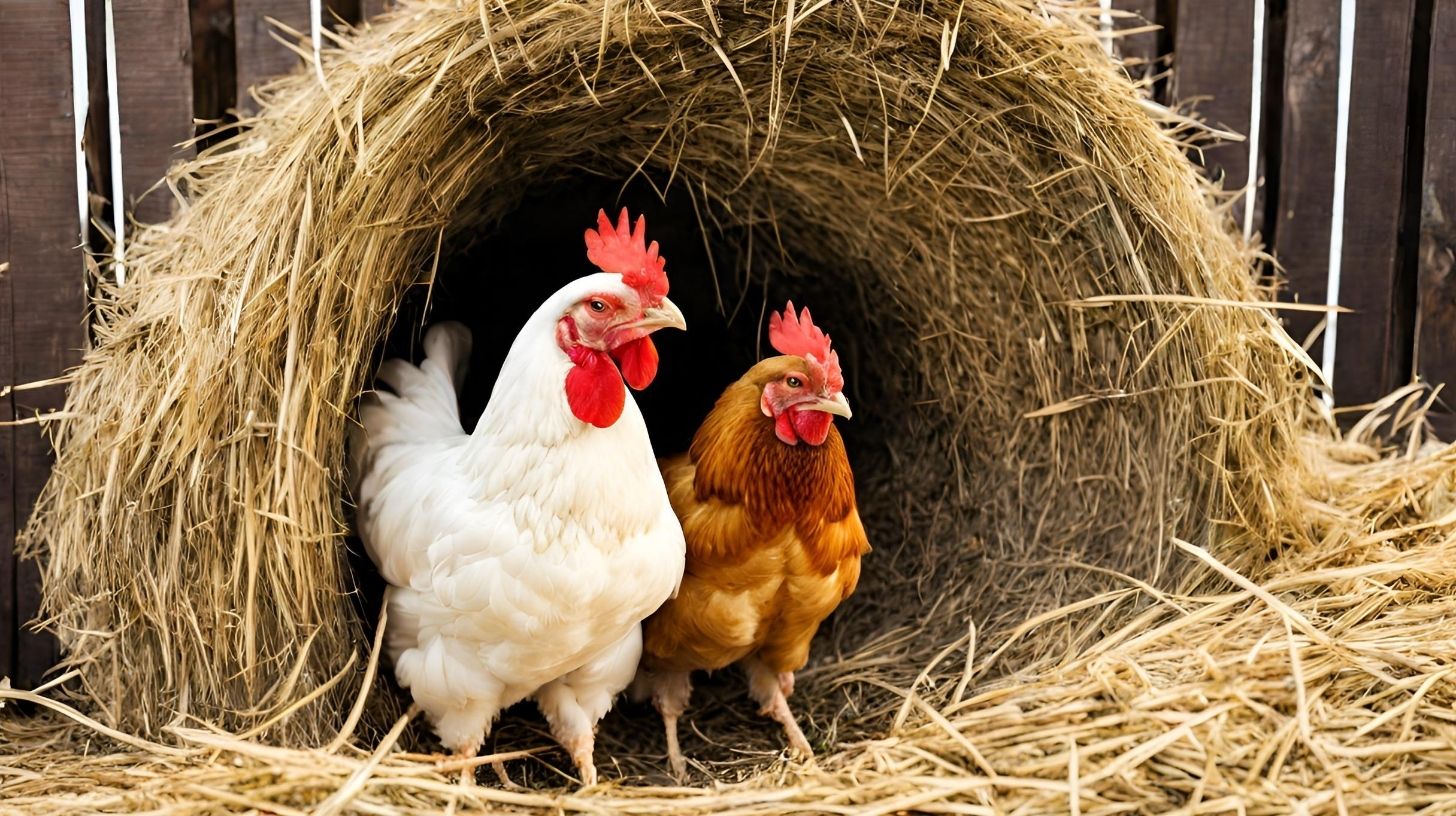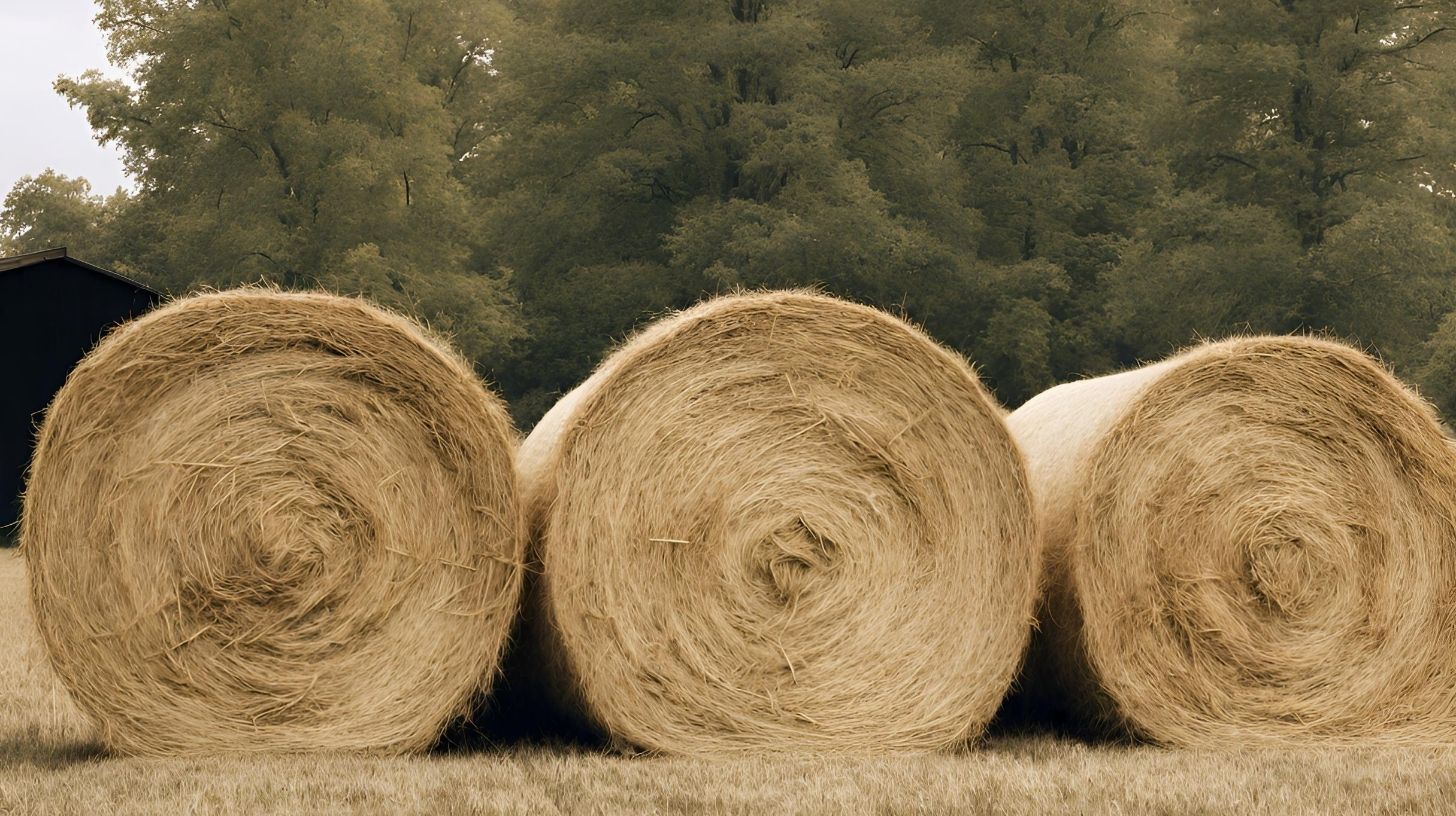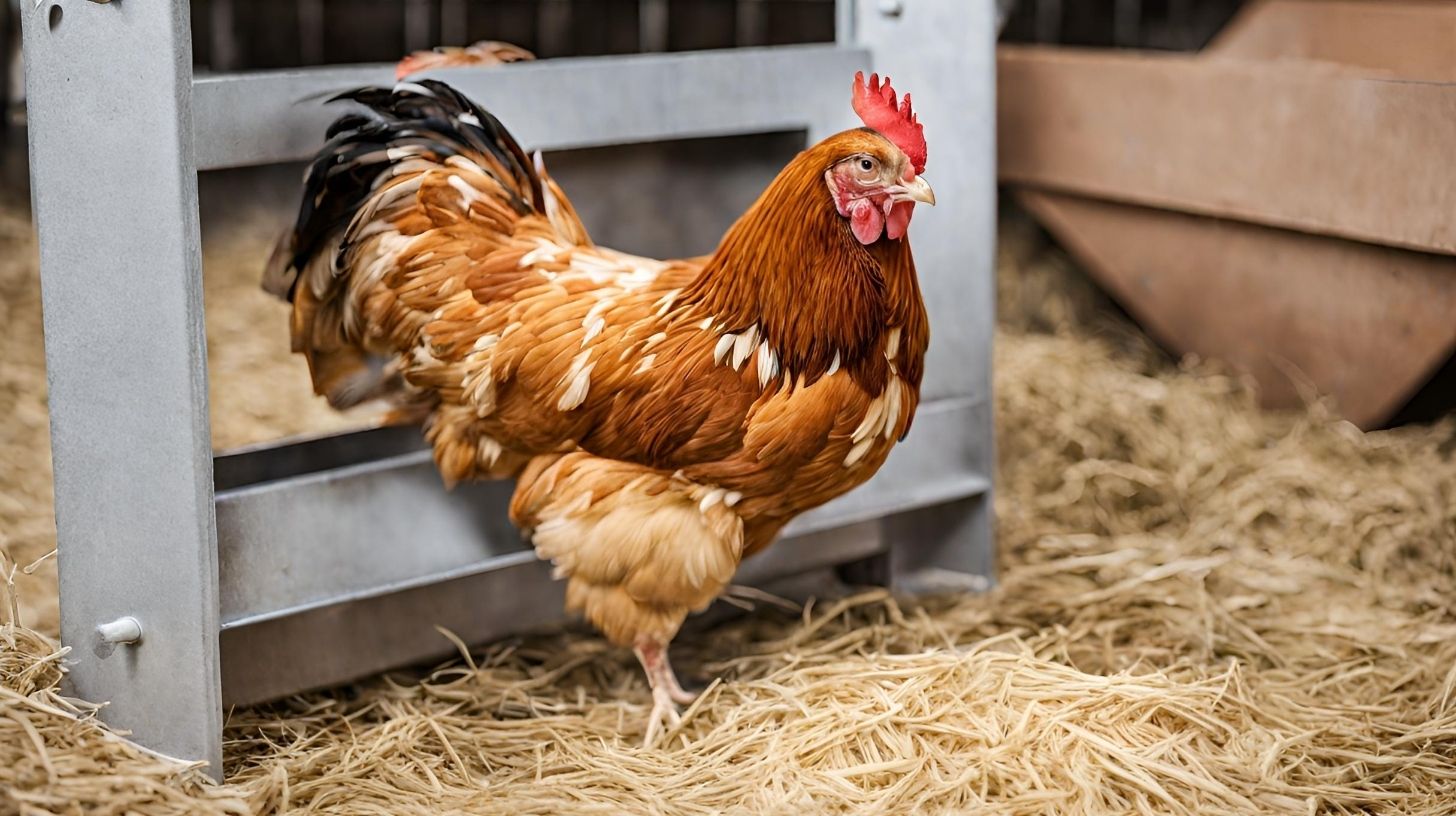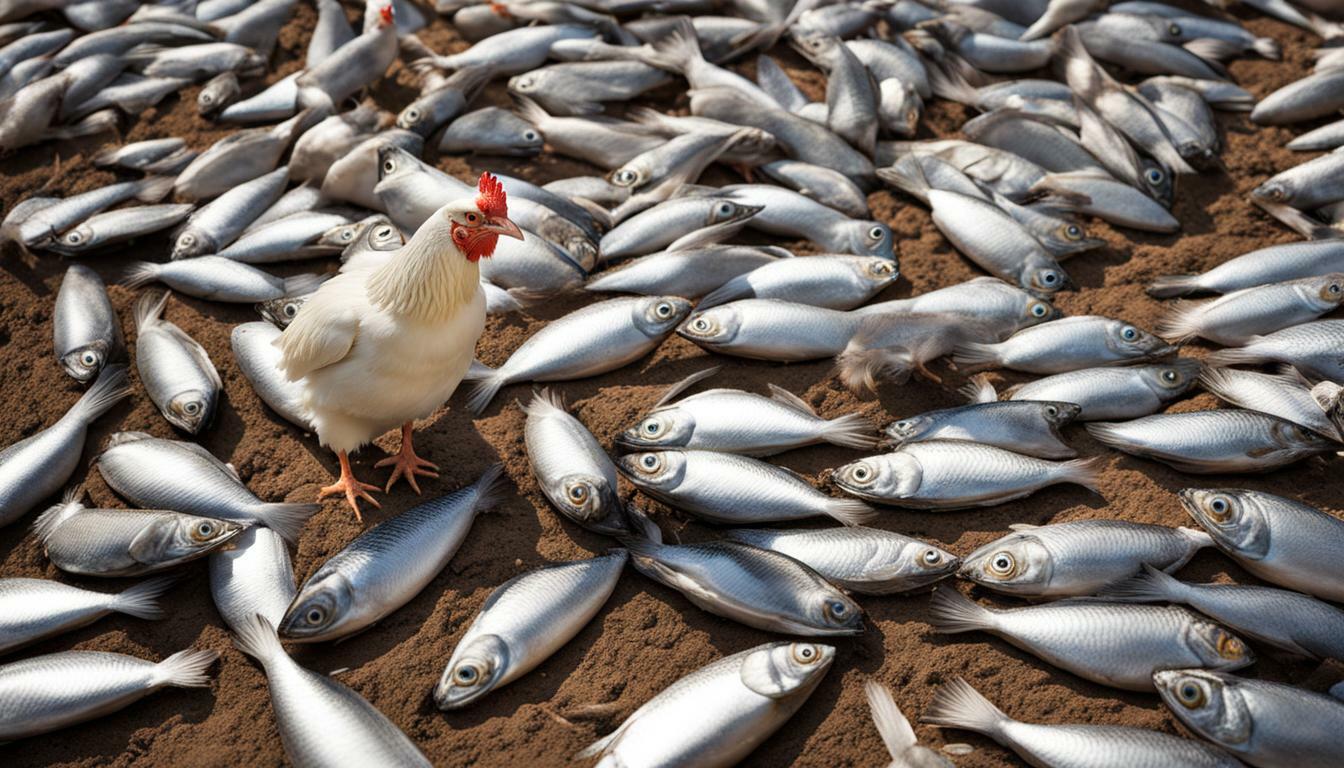Do Chickens Eat Hay? Diet Tips and Nutrition Facts

Table of content:
Do Chickens Eat Hay? Yes, chickens can eat hay, but it should not be their main diet. Hay provides some nutritional value, but lacks key proteins chickens need.
Key takeaways:
- Hay provides fiber and roughage chickens need, but lacks sufficient protein. It should not be the main diet.
- Chickens enjoy pecking at hay. It can be given as a treat or enrichment.
- Grass hays like timothy and alfalfa are best. Avoid moldy or soiled hay.
- Limit hay to 10% of diet. Use chopped, soft hay for chicks.
- Hay is not a replacement for poultry feed. Chickens still need a balanced commercial diet.
- Free ranging birds get more hay from foraging. Confined chickens need less supplemental hay.
Chicken Diet and Nutrition Facts
Chickens are omnivores and need a balanced diet of grains, protein, vitamins and minerals. Here are some key nutritional requirements:
| Nutrient | Role |
|---|---|
| Protein | Needed for growth, egg/meat production. Layer chickens need 16-20% protein. |
| Energy | Provides calories. Carbs like corn are main energy source. |
| Calcium | Essential for egg shells and bone health. Laying hens need 3.5-4.5% calcium. |
| Fiber | Promotes gizzard function to grind food. Hay provides insoluble fiber. |
 Can Chickens Eat Hay? Benefits and Drawbacks
Can Chickens Eat Hay? Benefits and Drawbacks
Hay can be part of a chicken’s diet, though in limited quantities. Here are the benefits hay provides:
- Fiber and roughage – The grass, stems and leaves in hay provide insoluble fiber chickens need for digestion. This helps promote gizzard function.
- Foraging and pecking – Chickens enjoy pecking at hay, satisfying their natural foraging instincts. The activity provides enrichment.
- Treat – Small amounts of hay make a safe, natural treat for chickens. It encourages natural pecking behaviors.
However, hay also has some drawbacks as a feed source:
- Low protein – Hay is very low in protein, often under 10%. Chickens require 16-20% protein, mainly from grains.
- Low energy – The fiber in hay is indigestible. Hay lacks calorie-dense grains chickens need for energy.
- Calcium deficiency – Laying hens have high calcium needs. Hay is very low in calcium essential for egg production.
Should You Feed Chickens Hay? Guidelines
Hay should never be the main component of a chicken diet. However, the following guidelines make it a healthy supplemental feed in moderation:
- Limit hay to 10% or less of total feed intake
- Chop hay into 2-3 inch pieces for safety
- Grass hays like timothy and alfalfa are preferable
- Avoid moldy, dusty, or soiled hay
- Offer hay in a rack or net for cleanliness
- Reduce hay for confined chickens who don’t forage
- Hay must be supplemented with commercial feed
- Provides chicks needed fiber when finely chopped
How much hay chickens need by type:
| Chicken Type | Hay Guidelines |
|---|---|
| Chicks under 4 weeks | 1-2% of diet, very finely chopped |
| Pullets up to 20 weeks | 5% of diet, chopped |
| Adult layers | 5-10% of diet |
| Meat chickens | Minimal amounts |
| Free range chickens | 10% or less |
| Confined chickens | 5% or less |
 Best Hay for Chickens
Best Hay for Chickens
Not all hay is equal when it comes to nutritional value. Some types of hay are better suited for chicken consumption:
- Timothy grass hay – Lower protein than legume hay but higher than straw. Provides long-stem fiber.
- Alfalfa hay – Higher in protein and calcium than grass hay. Only suitable for layers. Too rich for broilers.
- Oat hay – Similar protein to timothy but softer stems more palatable to chickens.
- Wheat hay – Wheat stems provide fiber. Contains more protein than straw.
- Bermuda grass hay – Good source of fiber but very low protein content.
The best hay for chickens provides long fibers, soft leaves, and adequate protein and energy. Timothy and oat are good choices for a supplement. Alfalfa offers more nutrition for layers.
Hay vs Chicken Feed
Why can’t hay fully replace chicken feed? Here’s how the nutritional profiles compare:
| Nutrient | Chicken Feed | Grass Hay | Alfalfa Hay |
|---|---|---|---|
| Protein | 16-20% | 5-10% | 15-20% |
| Fat | 3-5% | 1-3% | 1-3% |
| Fiber | 3-4% | 25-35% | 25-30% |
| Calcium | 0.8-1.0% | 0.2-0.5% | 1.0-1.5% |
Chicken feed, specially formulated for each stage of growth, provides a balanced diet. It has dense protein, energy, vitamins and minerals chickens need.
Hay lacks the complete nutrition of feed. It is lower in protein, fat, and calcium. The high fiber content also makes it less digestible than chicken feed. Hay should always be supplemented with complete feed.
 Chicken Hay Feeding Tips
Chicken Hay Feeding Tips
Follow these tips for safely feeding hay to chickens:
- Offer hay in a rack or hay net to reduce waste
- Chop hay to an appropriate size for the chickens
- Slow down fast eaters by loosely packing hay
- Place hay outside the coop to avoid build up
- Check hay regularly and remove stale, soiled portions
- Transition new hay sources slowly over 2-3 weeks
- Avoid dusty, moldy hay that could impact respiration
- Soak hay in warm water to soften and increase palatability
Feeding hay is lower maintenance than producing your own chicken feed. But purchasing hay can become expensive if feeding a large flock. Hay is best used as a supplement, foraging opportunity and dietary enrichment. It should not fully replace balanced feed.
Chicken Hay Feeding FAQs
Here are answers to some common questions about feeding chickens hay:
Can I feed my chickens hay only?
No. Hay does not provide complete nutrition for chickens. They still require commercial feed that is balanced for protein, carbohydrates, vitamins and minerals.
Is hay good for baby chicks?
Yes, in moderation. Chopped hay provides needed fiber. Limit to 1-2% of total diet for chicks under 4 weeks old. Avoid dusty hay.
Do chickens like timothy hay?
Yes. The long strands provide opportunity for foraging and pecking. Timothy is preferable to straw which has less nutritional value. Introduce new hay slowly.
Should I give my chickens alfalfa hay?
Alfalfa hay is suitable for mature, laying hens who need extra protein and calcium. It is too rich in protein for meat chickens. Limit alfalfa hay to 5-10% of the diet.
Can chickens have moldy hay?
No. Moldy, musty hay can make chickens sick. Always check hay for signs of mold, fungi, or fermentation before feeding. Discard any spoiled portions.
Is hay high in protein for chickens?
No. Hay is relatively low in protein compared to commercial feed. Timothy grass hay ranges from 5-10% protein, too low for chickens’ needs. Alfalfa hay has higher protein around 15-20%.
Conclusion
Hay can be a beneficial supplement for chickens when fed in moderation. The long fibrous strands promote healthy digestion and provide opportunity for natural foraging behaviors. Hay lacks key protein, energy and minerals chickens need. It should not make up more than 10% of diet.
Grass hays like timothy provide the best balance of fiber and protein. Remember to always feed hay as an addition to a complete commercial diet formulated specifically for chickens. This ensures they get the balanced nutrition they need for optimal growth, weight gain, and egg production.
Monitor chickens when introducing new hay to watch for any decreases in appetite, productivity or digestive issues. With proper supplemental feeding, hay can provide a cost-effective and nutritious dietary enrichment for any backyard or free-range chicken flock.
Welcome. I’m Adreena Shanum, the proud owner of this website, and I am incredibly passionate about animals, especially poultry. I founded adreenapets.com as a labor of love, stemming from my desire to share my knowledge and experiences with poultry enthusiasts worldwide.




